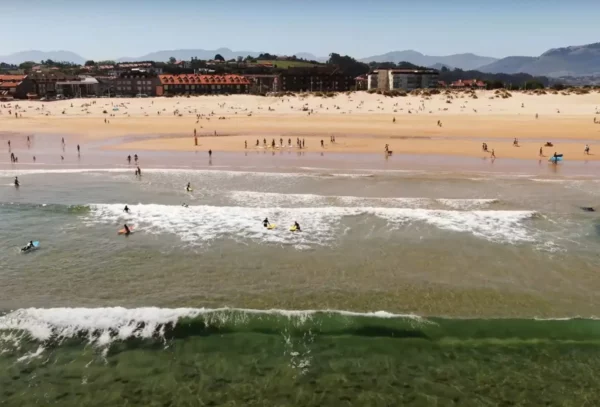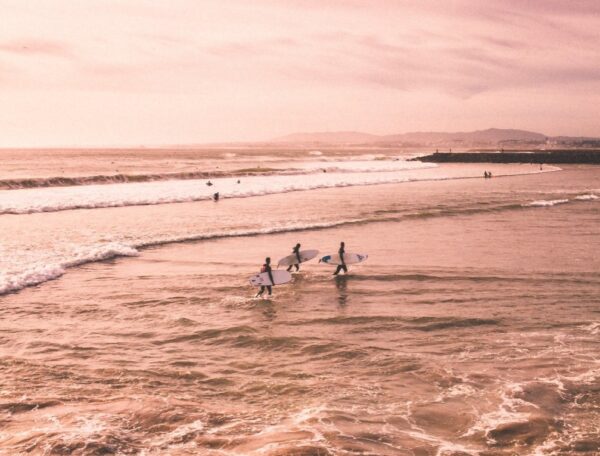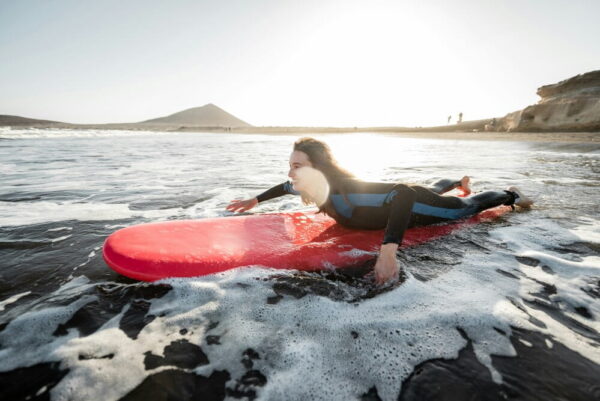Are you guys ready for an amazing surfing experience? We know the cold can be a bit of a hurdle on your way to the waves, but don’t worry, we’ve got the perfect solution! It’s called… neoprene! In this article, we’ll break down its importance in a surfer’s kit and how to pick the perfect one for you.
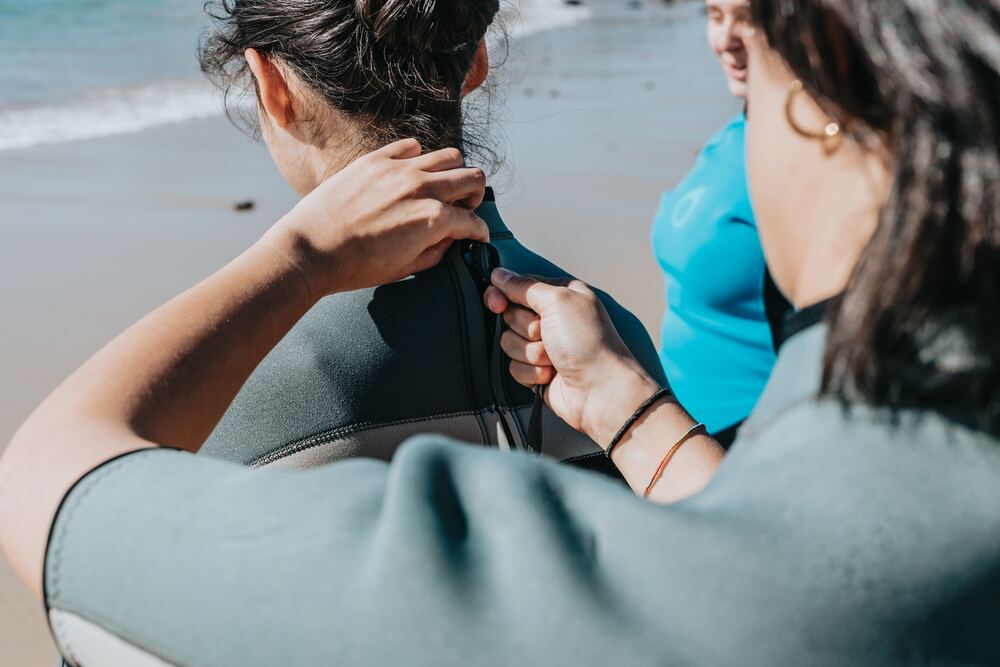
Why Neoprene is So Important
Well, neoprene is like the superhero of the surfing world. It’s that suit that keeps you warm and safe from the cold water while you dive into the sea. Do you remember how you felt when you first plunged into those waves? That’s the magic of neoprene!
Why shouldn’t you be afraid of the cold when you go surfing?
First, let’s talk about the fear of the cold or, if not fear, how it makes us hesitate when it comes to going surfing. it’s normal, we’ve all felt that sensation at some point! but don’t let the cold stop you from enjoying the waves.
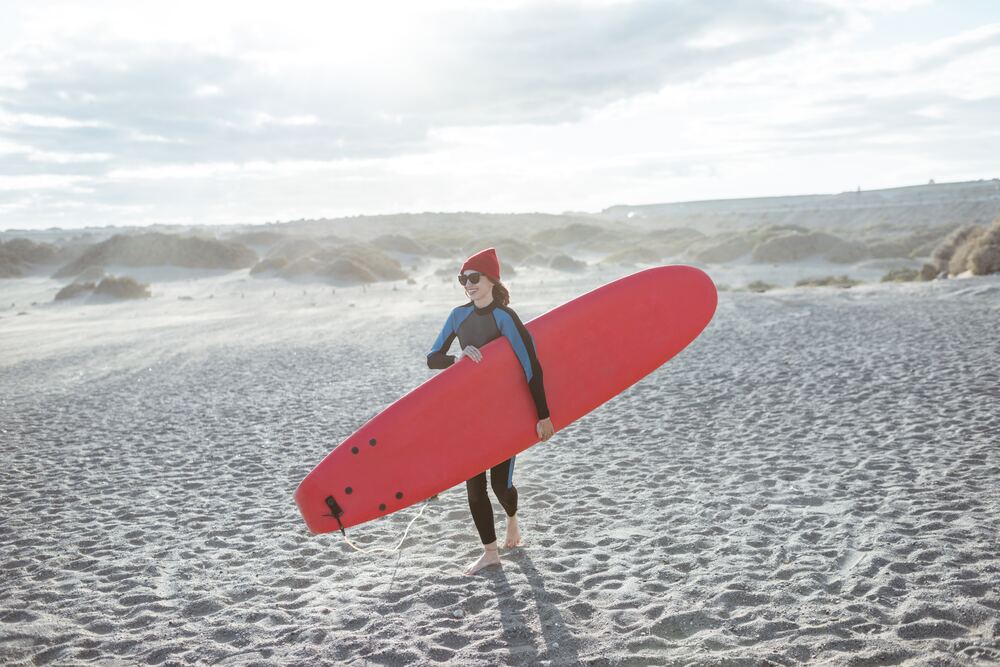
With the right wetsuit, the cold will become a background issue. Imagine feeling the coolness of the water while being perfectly warm. That’s living!
The importance of a good wetsuit
Now, not all wetsuits are the same. It’s like choosing a surf buddy, you need the right one! A good wetsuit fits like a glove, keeps you warm, and gives you the freedom to move like dolphins in the water. Don’t skimp on quality, your surfing experience deserves it!
Connection with the Sea: More Than a Sport, a Spiritual Experience
Surfing is not just a sport, it’s a way to connect with nature and the ocean. When you’re in tune with the waves, you feel a unique energy that fills you with life. The wetsuit allows you to immerse yourself in this experience comfortably and safely.
Find the perfect wetsuit for you
So, are you ready to find your perfect wetsuit? The first thing to consider is that not all wetsuits are the same. There are several types, and we’re going to go through them so you can choose the one that best suits your style and the water conditions. Get ready, because this is going to be a splash!
Types of wetsuits: General classification
Below, we present a simple classification of the different types of neoprene suits:
1. Full Wetsuit:
Your Surfing Armor: The classic, the timeless, the one that goes from neck to ankle. The full wetsuit is like an armor that shields you from the cold and the currents. Without any annoying seams, this suit keeps you warm and ready to tackle any wave. It’s perfect for those days when the water is colder than the North Pole.
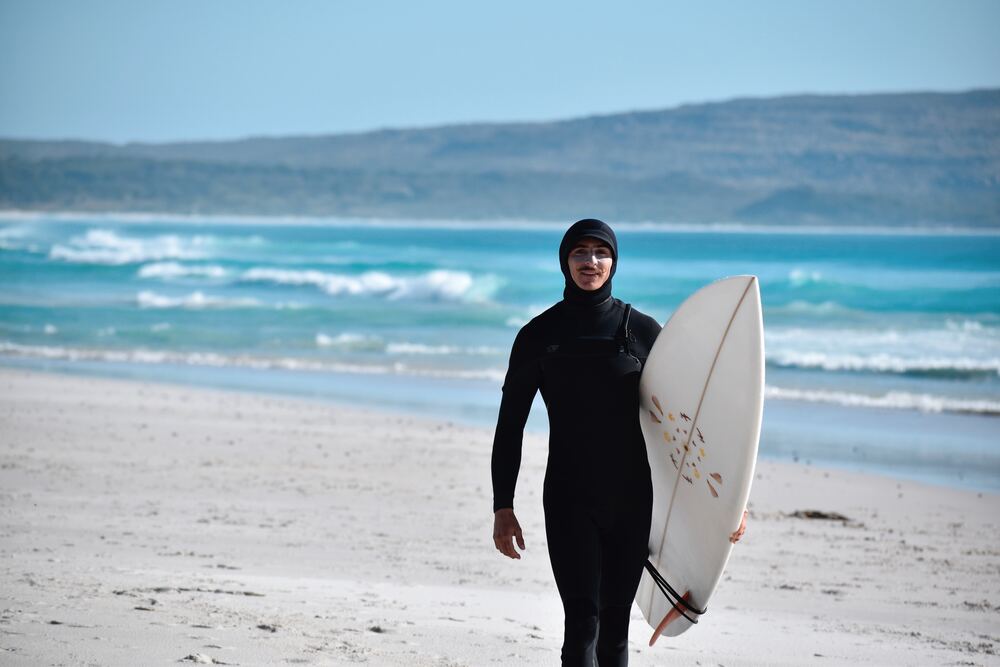
Long sleeve or short sleeve: You call the shots
Choose your style according to the occasion. Long sleeve for those cool days, short sleeve for when the sun is scorching. With a wetsuit like this, you can adapt to all seasons without missing a beat. It’s like having two suits in one, and you’ll always be in style!
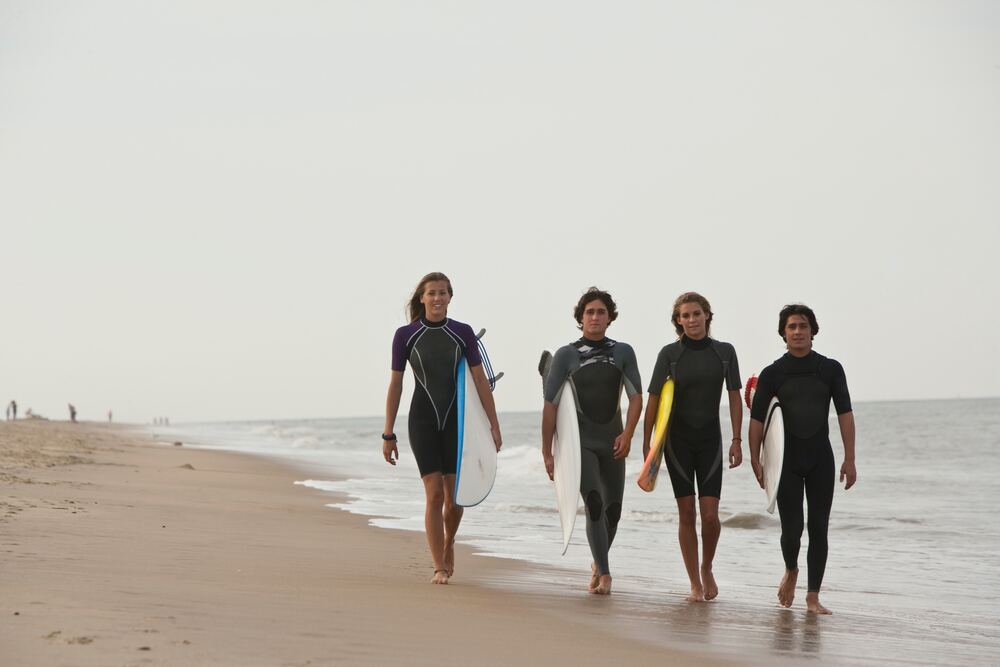
3. Summer wetsuit: Cool and lightweight
When the heat is on, there’s nothing better than a summer wetsuit. Lightweight and cool, it allows you to move freely and enjoy the water without melting in the process. Don’t let the heat be an excuse not to surf!
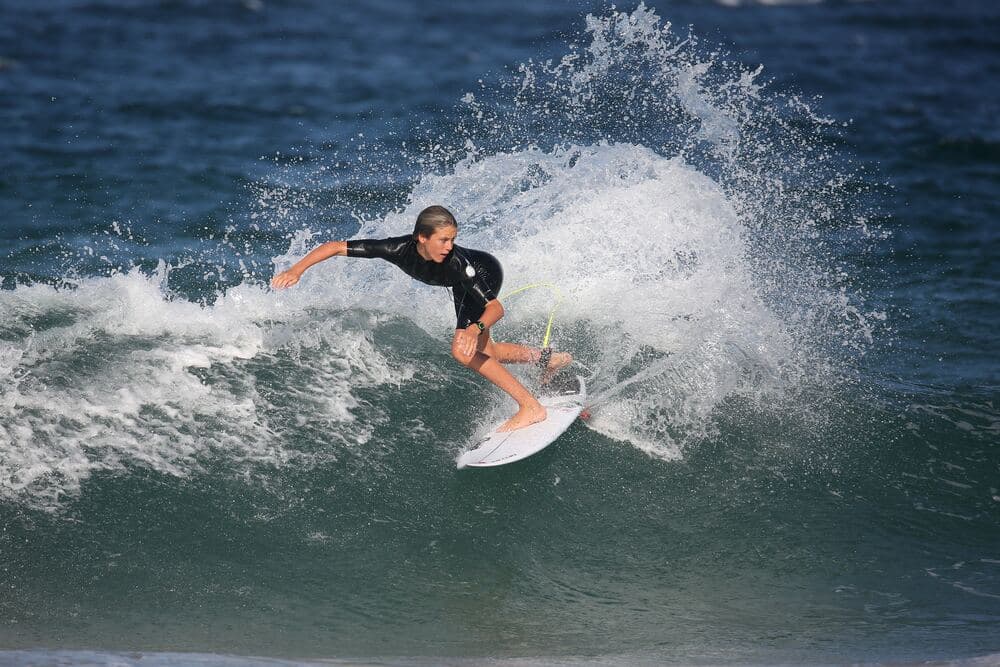
4. Winter wetsuit: Warmth and comfort
For the intrepid souls who brave the winter cold, the winter wetsuit is your best ally. With its extra thickness and thermal lining, it keeps you warm and comfortable in the chilliest conditions. It’s like carrying your own fireplace on your back, but much cooler.
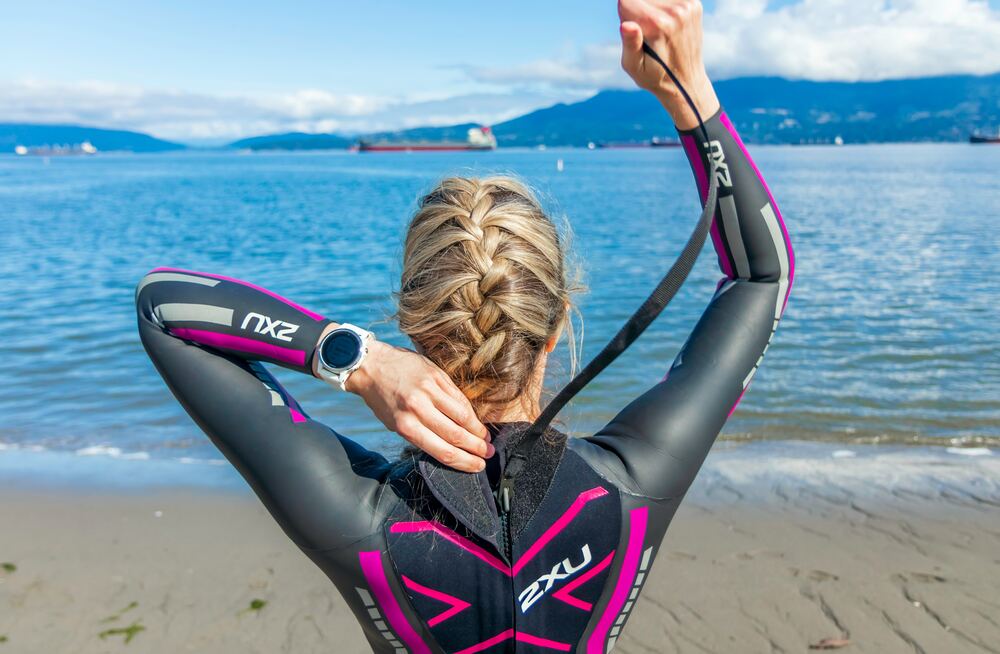
5. More sustainable wetsuits
If you’re a surfer, we’re aware that you might find this painful to hear, but… Did you know that surfers emit around 10 tons of CO2 per year just from surfing? Yes, you heard it right! According to Tomas Schultz, this is our footprint, and it’s 50% more than the average citizen. Wetsuits bear a significant responsibility for this ecological footprint, along with other factors like long-distance travel for surfing.
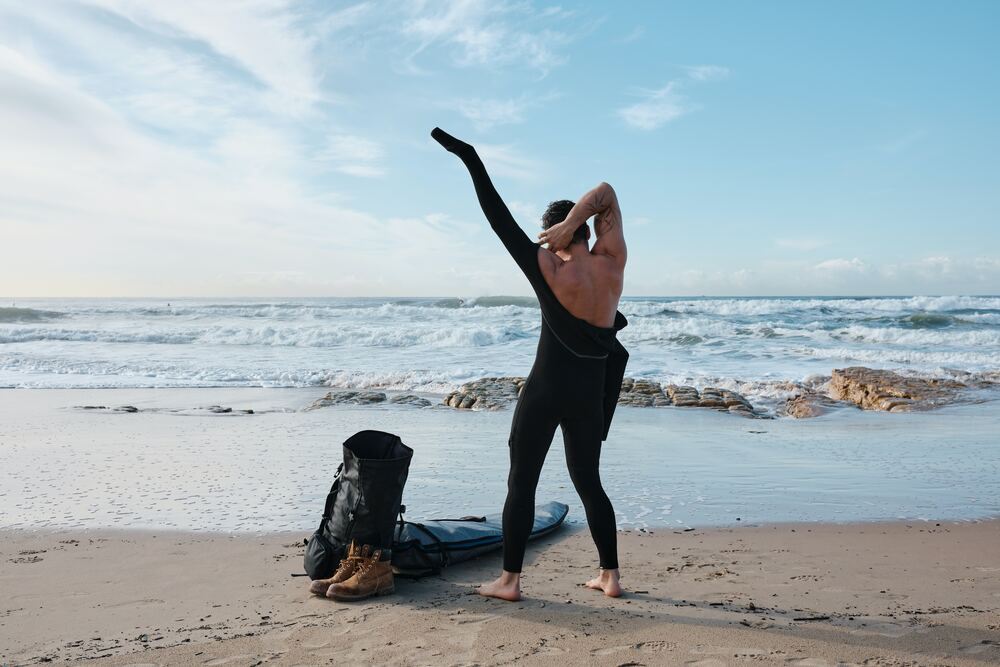
Fortunately, there are more and more brands offering planet-friendly options. Some of these proposals include:
- Wetsuits made from recycled materials.
- Wetsuits made from natural rubber.
- Durable designs with replaceable parts and pieces, like the zippers developed by Patagonia. Not only are they more resistant to corrosion, but they can also be replaced if needed, thus extending the lifespan of the suit.
- Research and implementation of improvements to significantly reduce water usage in the manufacturing process.
- Reduction or elimination of the use of adhesives with harmful volatile organic compounds (VOCs).
- Wetsuit repair service: This option is particularly interesting because it not only extends the lifespan of existing wetsuits, but also helps identify their weak points and improve the design and manufacturing of future ones.
So, now you know, there are sustainable options to keep on surfing while trying to reduce our surfer footprint on our beloved planet. Surf responsibly and have fun! 🌊🏄♂️🌿
Types of Wetsuits: Basic Classification by Thickness
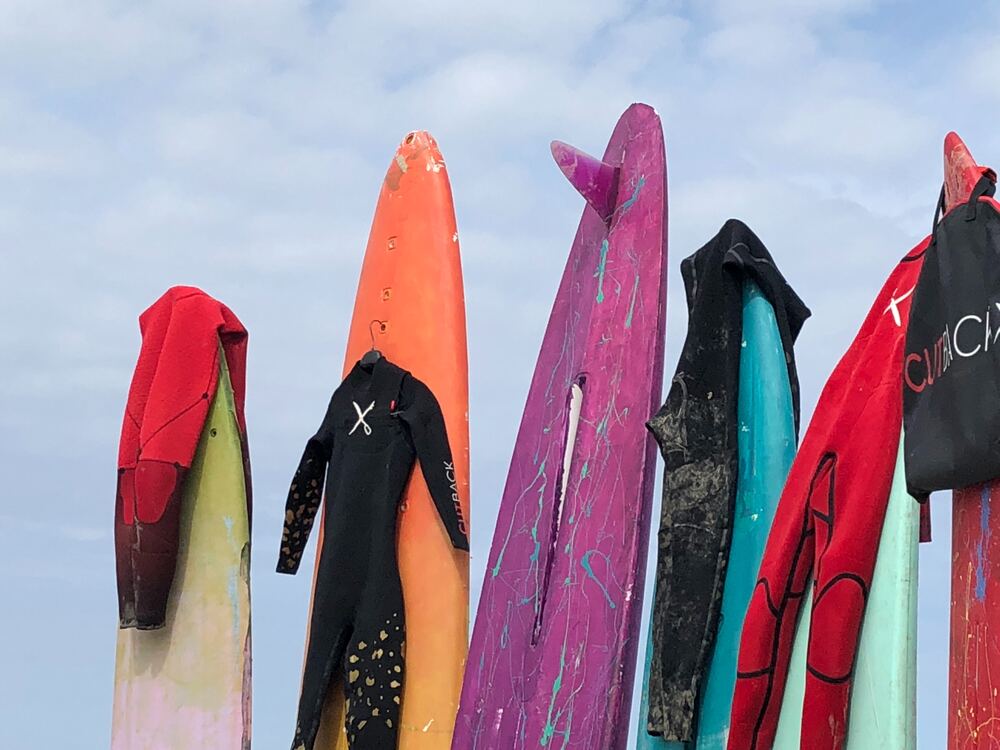
The thickness of a wetsuit is one of the most important factors to consider when buying a new one. It’s represented by two numbers, like 2/2mm or 4/3mm. What do these numbers mean? It’s the thickness of the neoprene in millimeters, and we’ll explain its significance here:
- 2/2mm or 3/2mm for Summer: These are ideal for regions with temperate climates like Asturias, Cantabria, the Basque Country, and Andalusia. They provide the necessary flexibility to maneuver in small waves and warmer conditions. In Galicia, where the water is colder, or in the Canary Islands, where the wind is stronger, opt for 3/2mm or even 4/3mm to stay warm.
- 4/3mm or 5/4mm for Winter: In the north of Spain, the waters are colder during winter. There, you need extra protection. Wetsuits of 4/3mm or 5/4mm will keep your body warm in those frigid temperatures. Often, it’s necessary to complement them with booties, gloves, and a neoprene hood for complete protection.
Keep in mind that the thickness of the wetsuit will also depend on how many hours you spend in the water. If your session is short, a 4/3 will suffice, but if you like to spend long hours in the water, it’s better to opt for a thicker one.
Remember that wetsuits are usually thicker in the chest area to retain heat and thinner on the limbs to allow for mobility. However, keep in mind that as thickness increases, mobility may decrease.
Furthermore, we will soon release a comprehensive article that will serve as a guide on wetsuits based on their thickness.
Your adventure in the water
In summary, the wetsuit will be your best ally in your quest for the perfect surfing experience. Don’t fear the cold; choose the type of wetsuit you prefer and get ready to embark on your adventure and conquer the waves.
Remember, the most important thing is to feel comfortable and secure in the water. The connection with the sea is waiting for you, and the wetsuit will be essential depending on the time of year.
If you decide to take classes or join a surf camp, don’t hesitate to ask the instructors about the recommended type of wetsuit for the area and the season in which you’ll be surfing. And if you’re looking for your ideal surf class or surf camp, don’t forget to visit SurfySpot.
In any case, feel the freedom of surfing, enjoy it as much as you can, and live the experience to the fullest!





